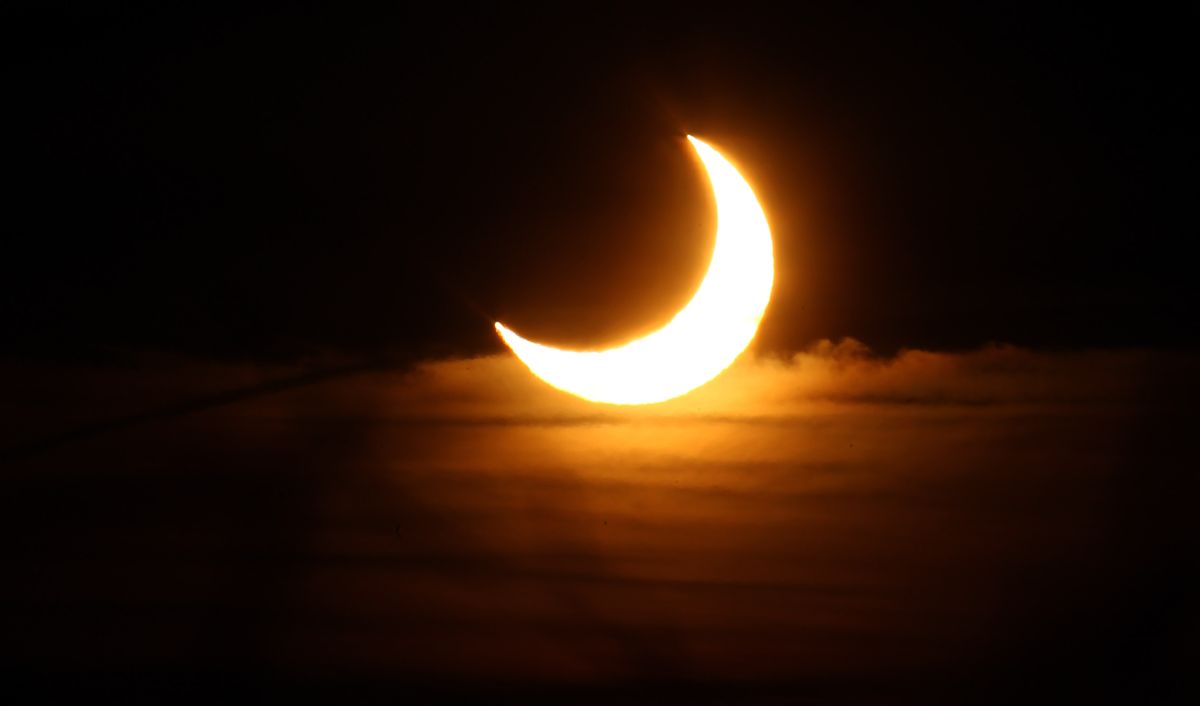We are starting 2023 with everything and in this year that is beginning we will be able to witness different astronomical phenomena, including important eclipses that will occur in the coming months.
According to The Almanac, by 2023 there will be 4 eclipses, 2 lunar and 2 solar, although the latter will not be total.
Lunar eclipses are practically perceptible on the entire face of the Earth and occur at full moon. It occurs when the Moon passes between the Sun and our planet; if sunlight is blocked it is a total lunar eclipse but if a little light gets through it will be partial.
Lunar eclipses for 2023
The first lunar eclipse of the year will take place on May 5 and 6 and will be a penumbral lunar eclipse. It can only be seen from Antarctica, Oceania, Australasia, Asia, Europe, Africa and the South Georgia Islands.
The other lunar eclipse will occur on October 28 and 29. According to experts, it will happen when the Moon rises and its last phases can be seen from northwestern North America, as well as in some parts of Europe, Asia, Africa, southeast South America and Oceania.
Solar eclipses in 2023
A solar eclipse is when the Moon blocks the shoreline of the Sun. Technically, the Moon, Earth, and Sun align, casting a shadow on the planet.
Only a part of the Earth can appreciate a solar eclipse in its maximum splendor.
On April 20, a partial solar eclipse will occur, a hybrid eclipse that will be seen as annular and total depending on the location of the view in its trajectory. In this type of eclipse the Sun is not completely covered, leaving a ring of light around the moon’s shadow.
This eclipse will be visible in the southern Indian Ocean, parts of Antarctica, most of Australasia, Indonesia, the Philippines, and the Western Pacific.
The other solar eclipse will occur on October 14 and will also be annular. It will be seen partially in the United States, in a narrow path that will cross Oregon, Nevada, Utah, Arizona, New Mexico and Texas. It will start at 11 a.m. and end at 4:55 p.m.
It may interest you:
* Ring of fire solar eclipse: what myths are there about what you can and cannot eat
* Why dreaming of an eclipse is not good?
* When will the first full moon of 2023 be, also known as the wolf moon
